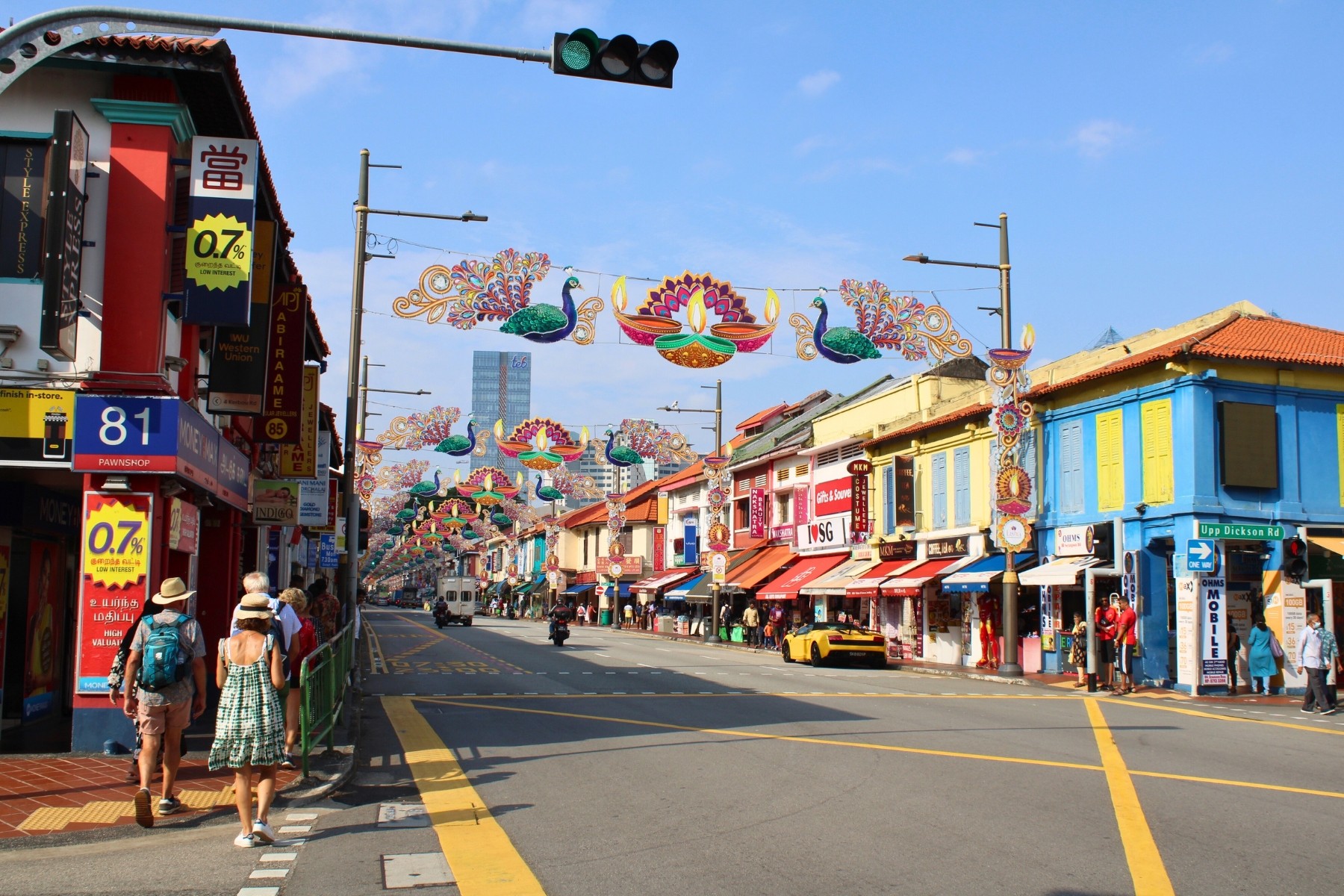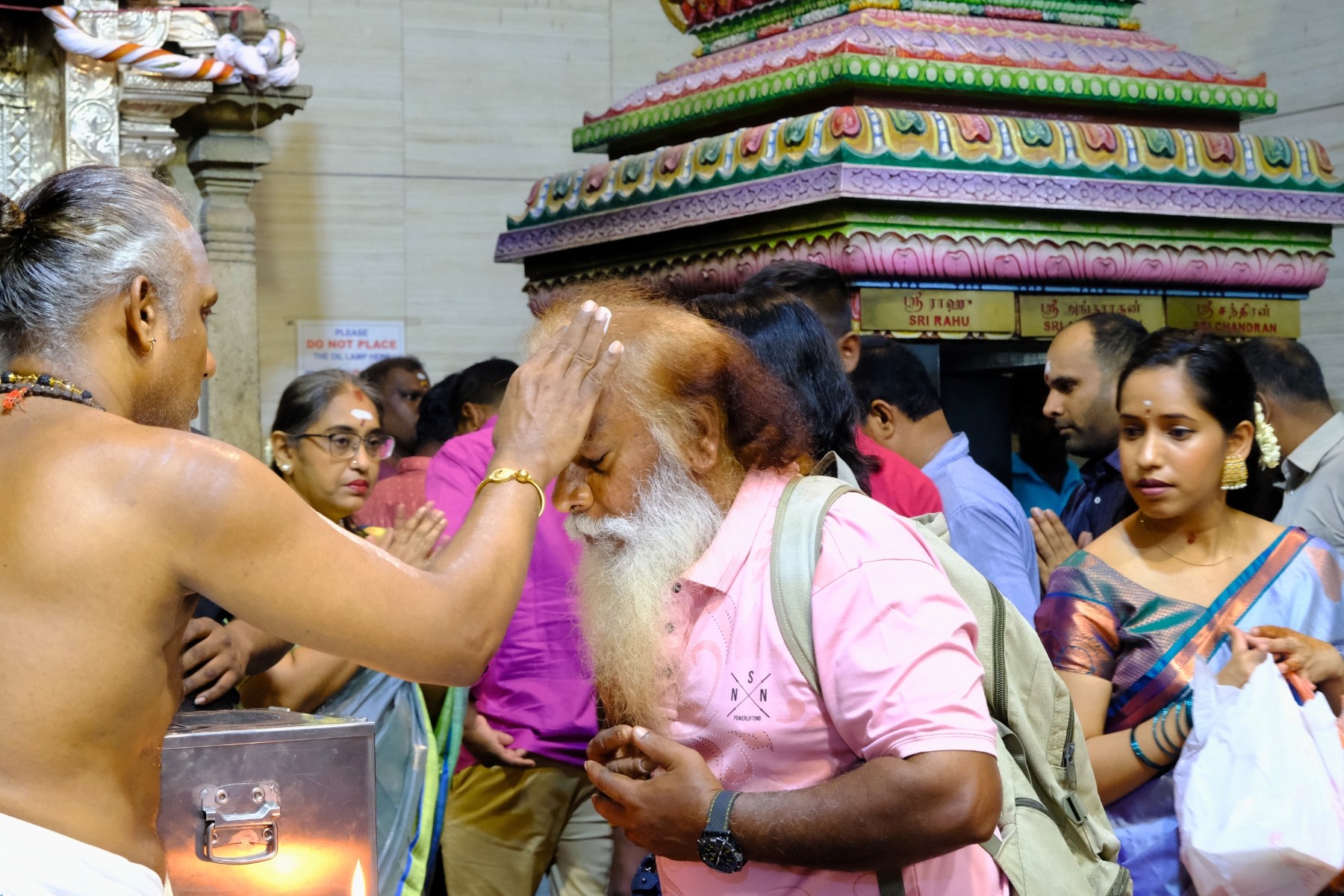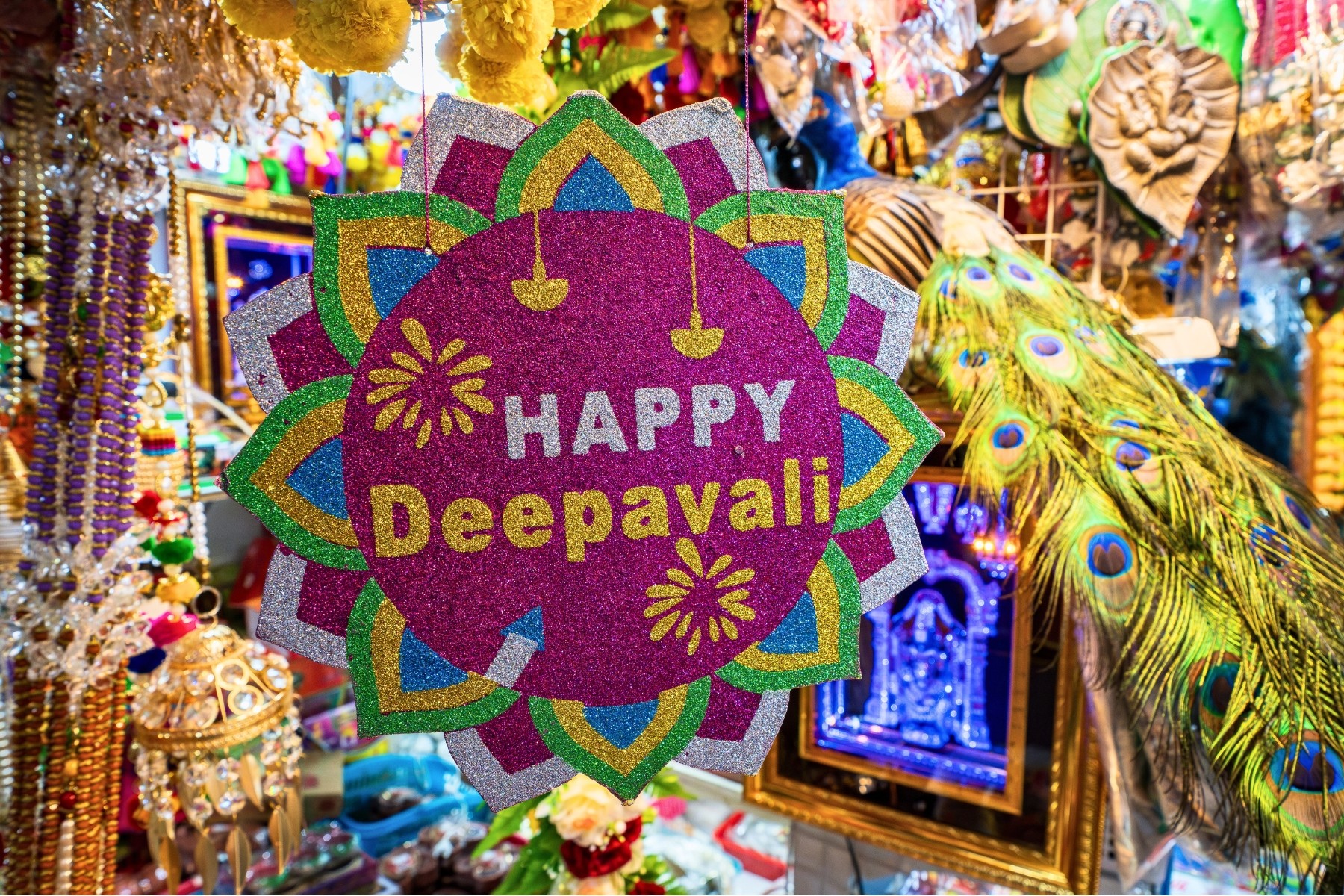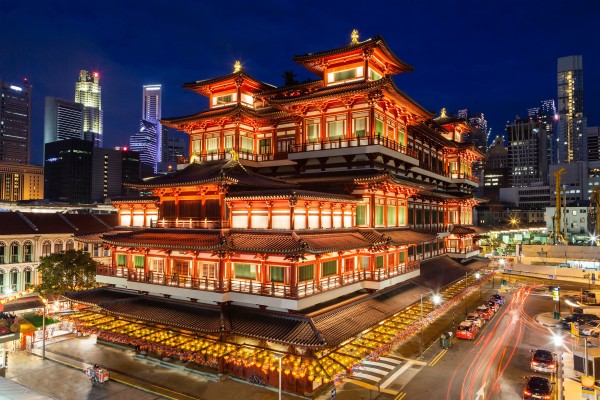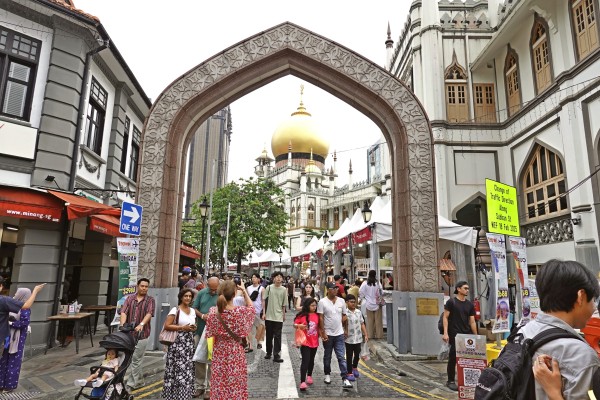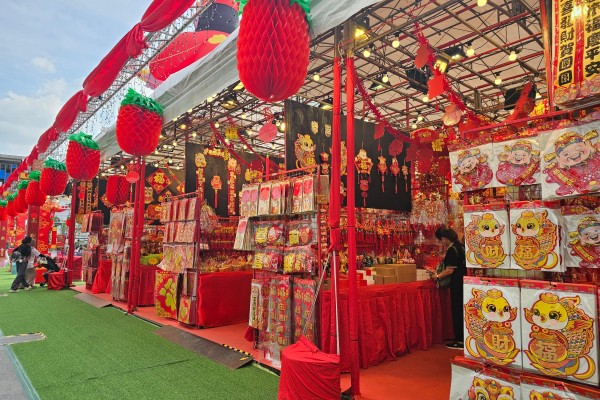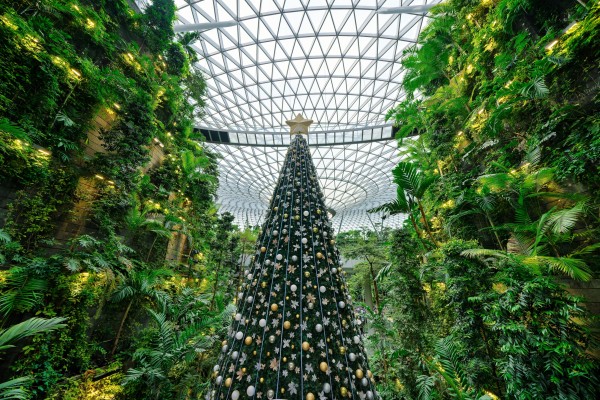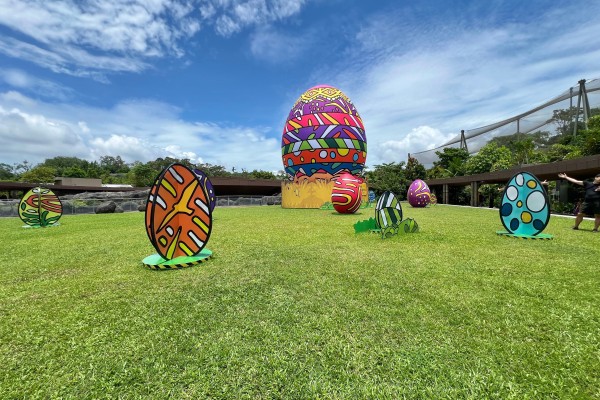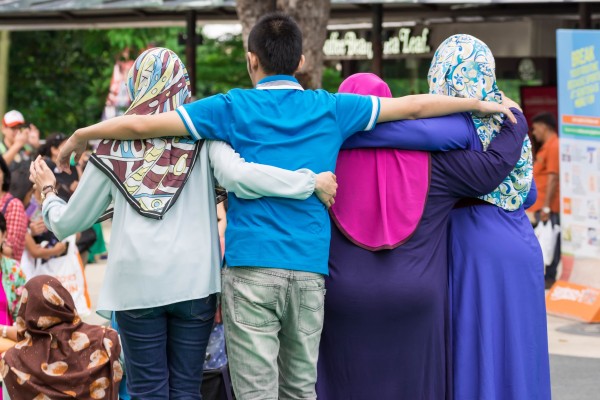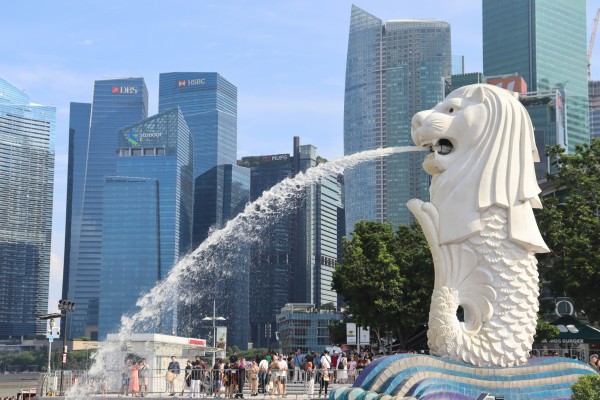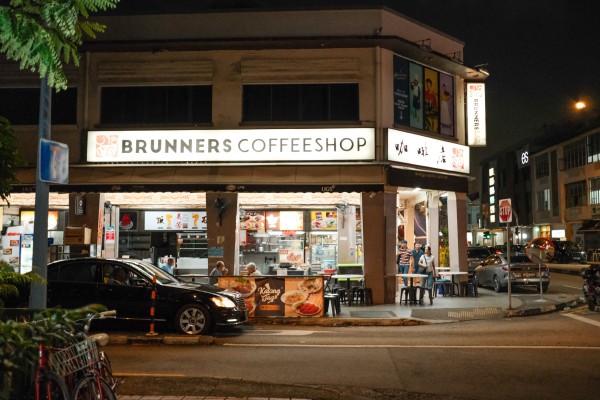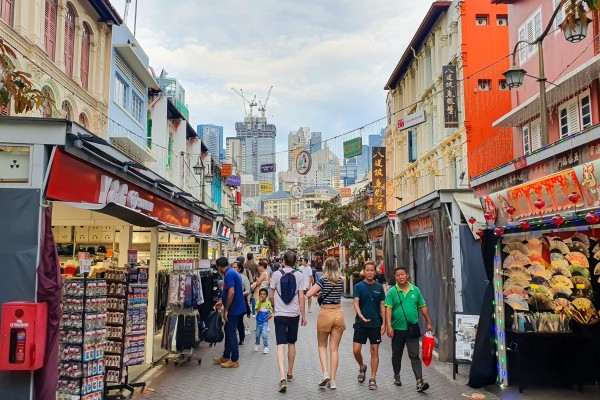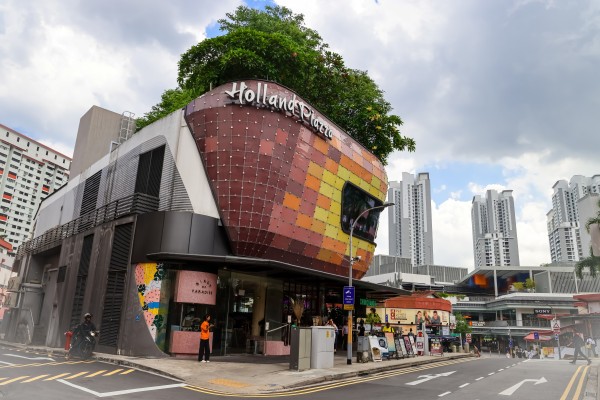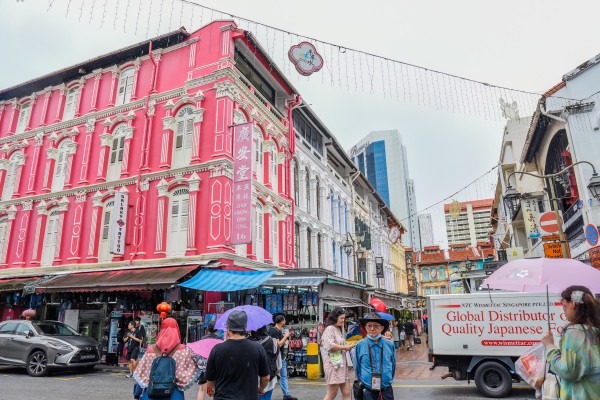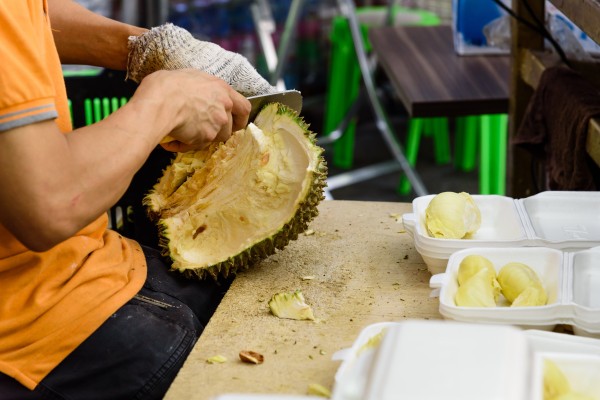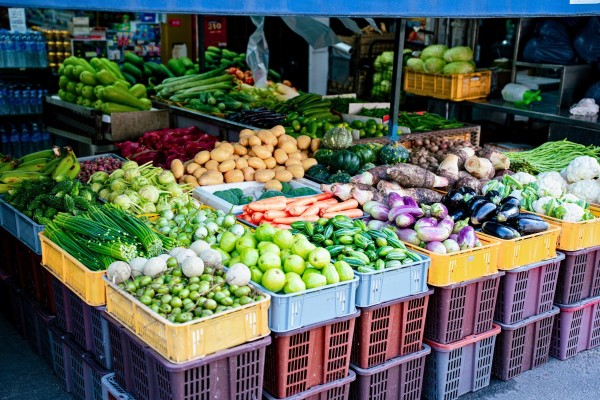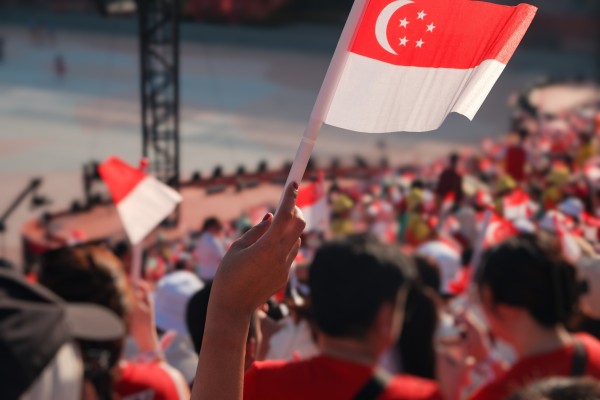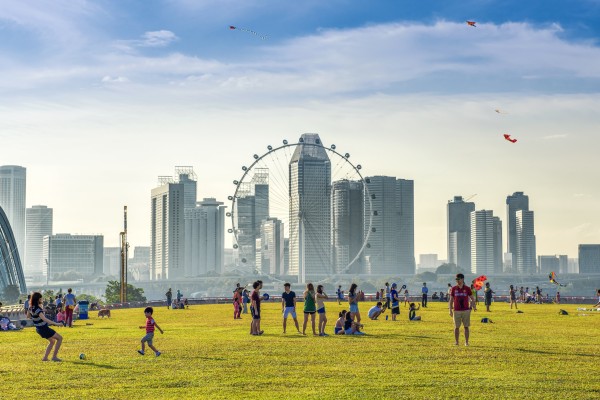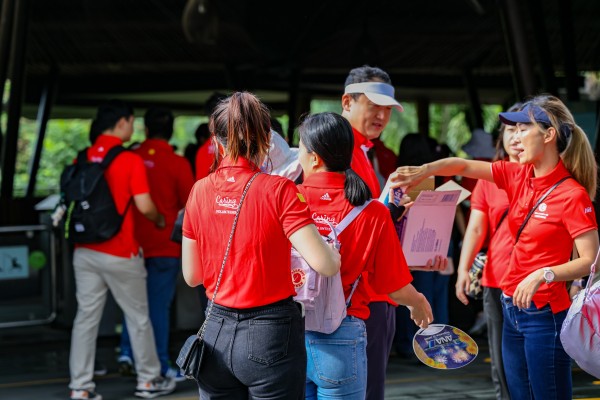How Singapore Celebrates Deepavali, the Festival of Lights

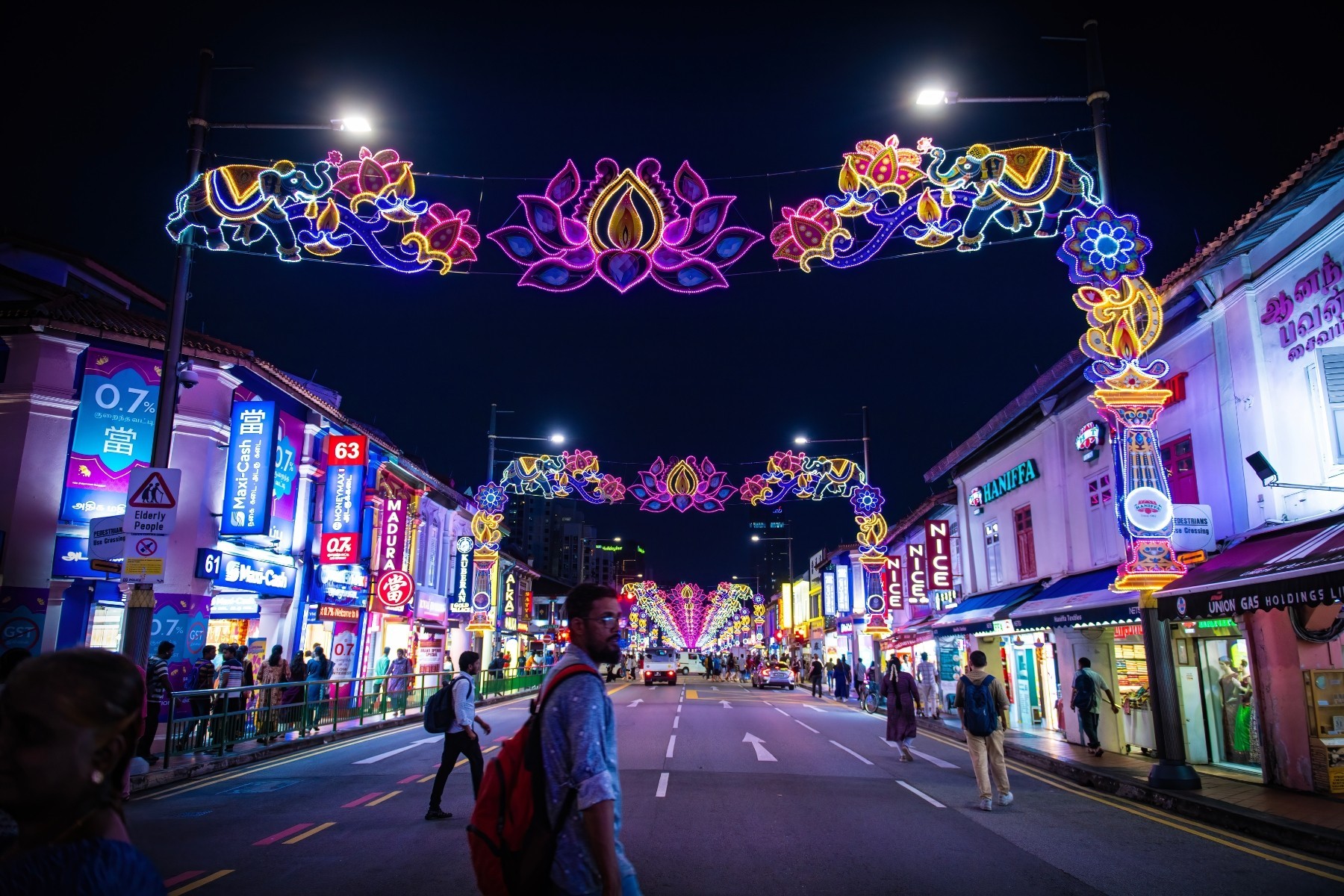
Deepavali is a beautiful festival of lights celebrated by various Indian communities around the world to honour the victory of light over darkness. As a newly arrived expat, you may wonder if it’s celebrated in Singapore, how it’s celebrated here, and perhaps even if you could be a part of it too.
As a major cultural festival for Hindus, Sikhs, and Jains, and even the Indian Christian and Catholic communities, Deepavali is widely observed in Singapore. You’ll see that neighbourhood light-ups and grassroots celebrations are for everyone to participate in.
Keep this guide handy to learn how to celebrate Deepavali the Singapore way.
Introduction to Deepavali in Singapore
Why is it called Deepavali in Singapore
While the Northern Indian “Diwali” is the more common name used internationally, especially with the popularisation of the term in India, the festival is officially known as Deepavali in Singapore. This is because the South Indian Tamil Hindus still make up the largest group of Hindus here.
A nationwide celebration
Every year, Singapore celebrates Deepavali as a nation, joining the Hindu community in honouring this festival of light and renewal. It’s one of the city’s most vibrant and inclusive cultural occasions, reflecting both its Indian heritage and multicultural spirit.
Festivities across the island
The celebrations usually begin weeks before the actual date. The grand light-up in Little India kicks off the night markets and bazaars that run throughout the lead-up to Deepavali.
The lights are typically switched on from 7 pm to midnight on weekdays and until 1 am on weekends. Across the island, attractions such as the Singapore Discovery Centre and Sentosa SensoryScape, as well as malls, host pop-up installations, exhibitions, performances, carnivals, and workshops where visitors can experience Indian culture and traditions.
A national public holiday
As with all major traditional festivals celebrated by Singapore’s diverse communities, Deepavali is recognised as an official public holiday, underscoring its cultural and social importance.
What makes Deepavali in Singapore unique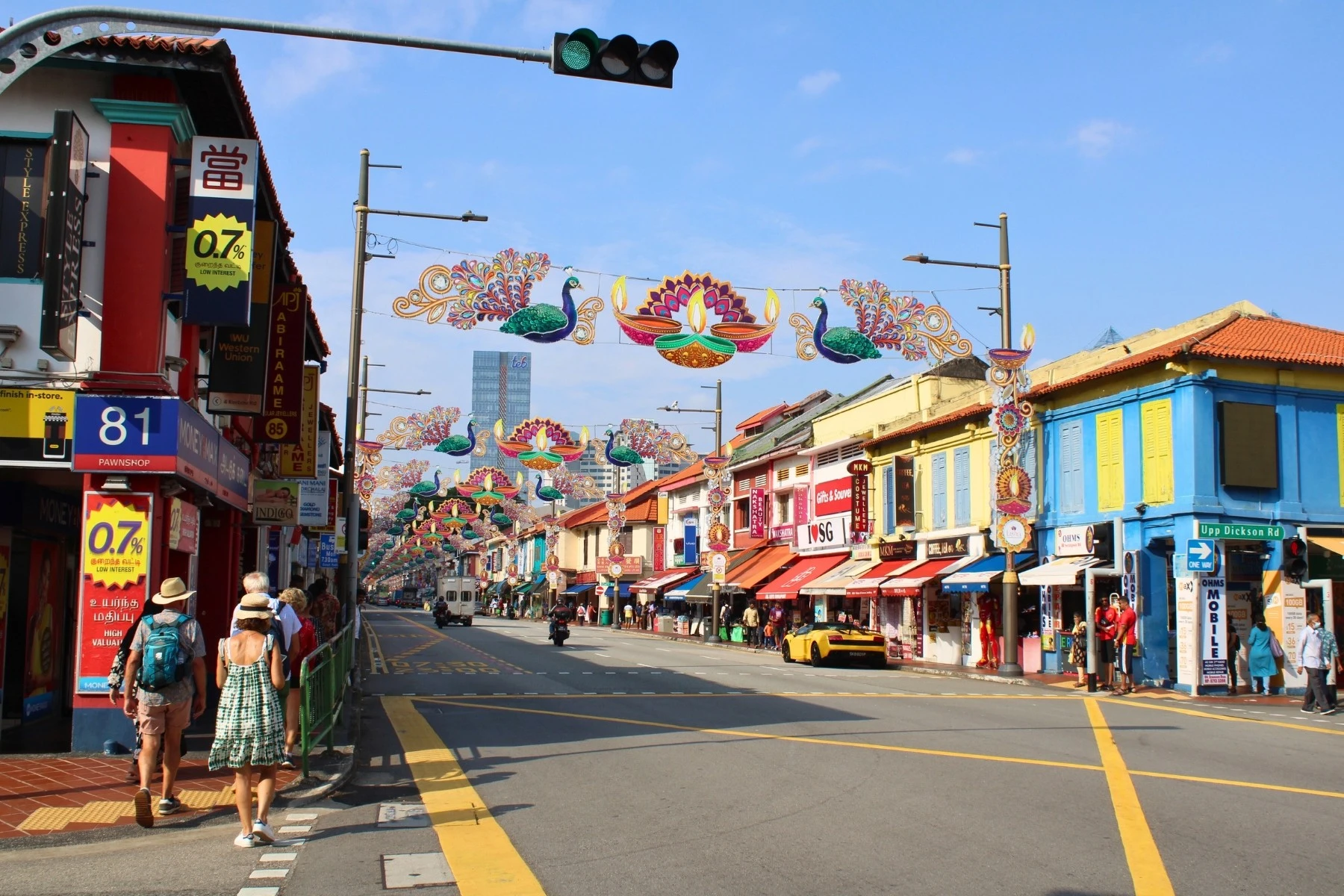
A festival for everyone
In multicultural Singapore, Deepavali is not just for the Indian community. It’s a festival for people of all cultures and faiths to celebrate together, symbolising unity and shared joy.
As a result, Deepavali celebrations are open to everyone, from the grand parades and bazaars at Little India to smaller events at neighbourhood community clubs and even private celebrations in homes.
Little India: The heart of the festivities
The biggest celebration takes place in Little India, where the annual street festival draws locals and tourists alike. Visitors can shop for flower garlands and traditional lights, sample Indian snacks, admire the street decorations, and enjoy colourful cultural performances.
Temples and cultural inclusion
Hindu temples also welcome visitors who wish to observe or participate respectfully in the rituals and prayers held on Deepavali. If you have Indian friends, ask them to guide you through these beautiful traditions.
Deepavali in schools and communities
Deepavali is also celebrated in schools across Singapore, with performances, games, and cultural activities that help children understand and appreciate the festival. Some kindergartens and preschools even encourage kids to come in Indian ethnic wear, adding to the festive spirit.
Dates and duration of Deepavali celebrations in Singapore
There is no fixed date for Deepavali every year. Instead, its date is determined by the lunar Hindu calendar, on the new moon of the month of Kartik. This date typically falls between mid-October and mid-November on the Gregorian calendar.
The North Indians typically celebrate Deepavali a day after the South Indians, so the date of the Deepavali Public Holiday in Singapore follows the South Indian custom. The celebrations last for five days, with preparations beginning weeks before. However, only the actual day itself is designated an official Public Holiday in Singapore.
This year, Deepavali falls on Monday, 20 October 2025.
Deepavali festive foods in Singapore
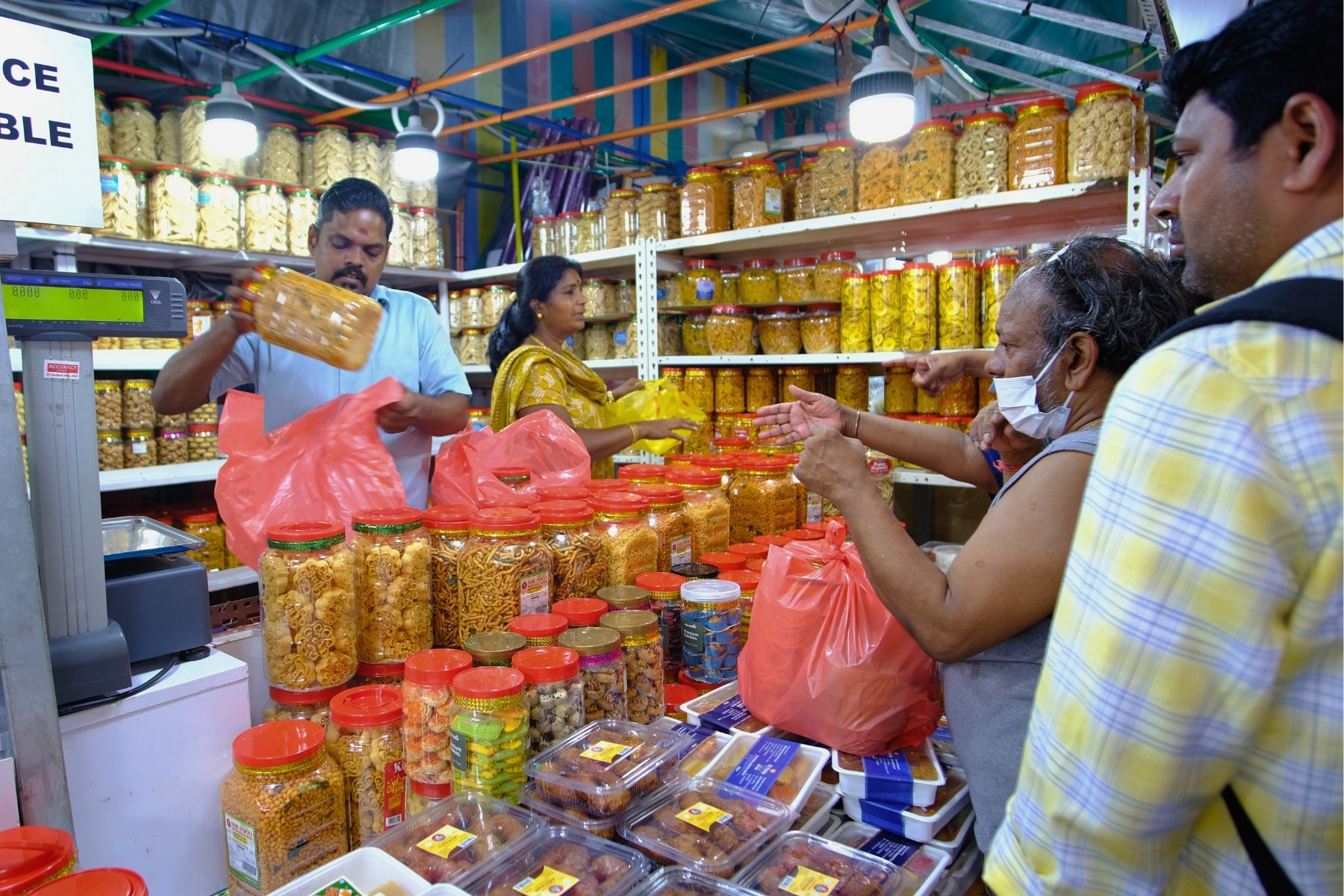 Every cultural festival in Singapore has its own unique food, and Deepavali is no exception. Sweet, savoury, and absolutely delicious food is what you can look forward to, especially if you attend a local friend’s Deepavali celebration in his or her own home.
Every cultural festival in Singapore has its own unique food, and Deepavali is no exception. Sweet, savoury, and absolutely delicious food is what you can look forward to, especially if you attend a local friend’s Deepavali celebration in his or her own home.
Murukku
Savoury, crunchy, and oh-so-yummy, murukku is a favourite among everyone from different cultures, young and old. Murukku is made from a dough of rice flour and urad bean flour, with chilli powder, salt, sesame seeds or cumin. The dough is then shaped into its distinctive twisted spiral or coils and deep-fried in vegetable oil.
Athirasam
These sweet, fried dough balls are made of rice, jaggery sugar, ghee, and coconut. It’s then flavoured with spices such as cardamom, sesame, pepper and ginger powder. Known as athirasam or athrasa, these are really popular snacks at home and at temples during Deepavali. It actually takes up to a week to prepare them, because the dough should ideally be left to ferment for 3-5 days for a deeper flavour.
Idli
While seemingly plain and tasteless, idli, steamed rice cakes, is usually served at breakfast on Deepavali, alongside condiments like chutney and spicy fish curry. It’s made from a combination of fermented de-husked black lentils and rice, and is considered a very healthy dish.
Vadai
Vadai are delicious deep-fried fritters stuffed with vegetables, minced meat, or prawns, and are a popular snack served at Deepavali. It’s often made from lentils, urad bean flour, potato, or semolina, and served with condiments like chutneys or sambar. Vadai are widely available at Indian prata stores, coffee shops, hawker centres, as well as specialised vadai stores (like Mr Vadai) in many Singapore malls. Homemade vadai just hits different.
Ladoo
The ubiquitous Indian sweet that marks important dates and festivals is Ladoo or laddu, which are balls of sugary chickpea dough that’s deep-fried in ghee. Every single region of India has its own version of ladoo, serving it up at joyous occasions, big and small. Savour this delicious snack and soak in the blessings and good intentions that come with it.
Rituals and traditions of Deepavali in Singapore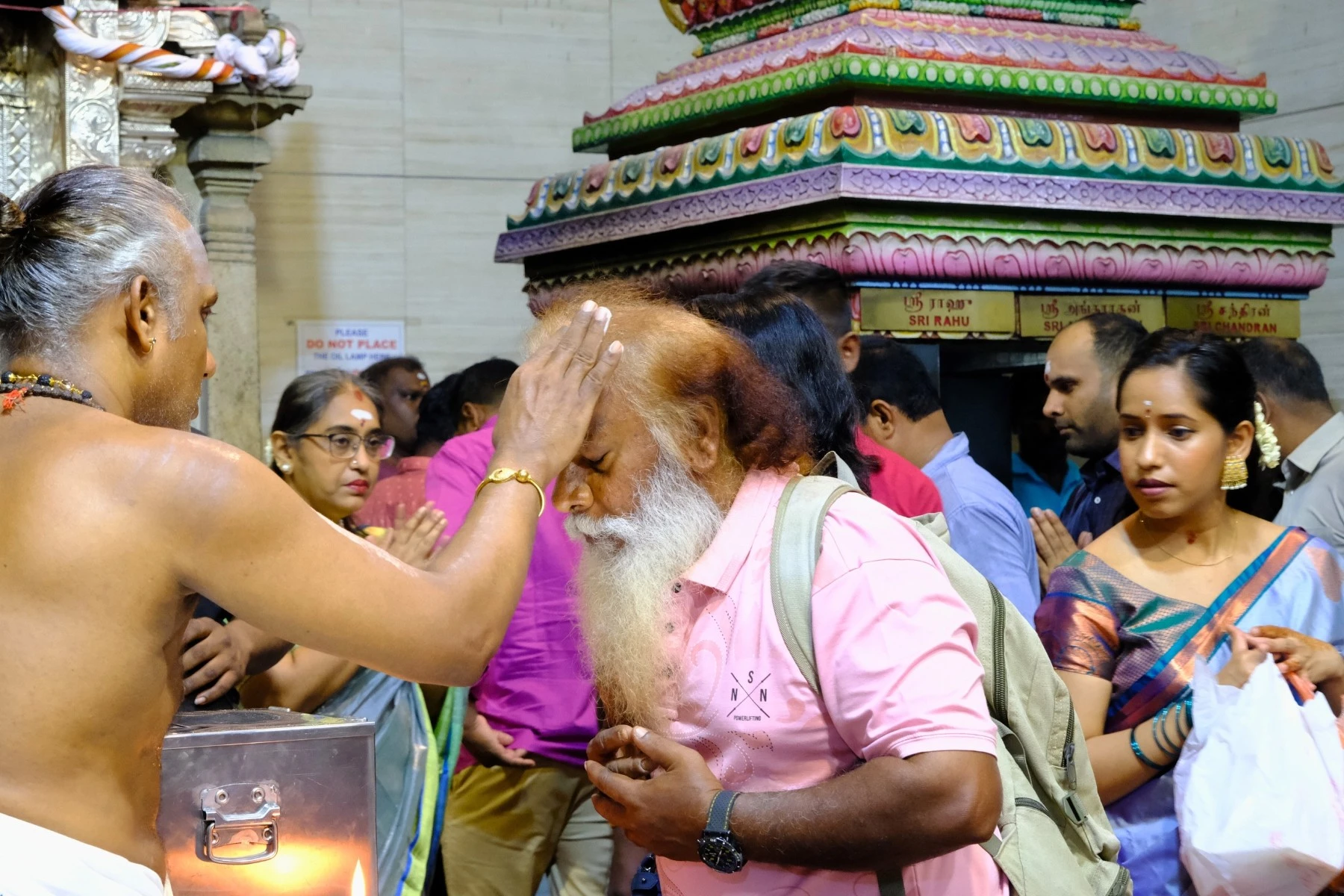
Different origins and meanings
The significance of Deepavali differs for the South and North Indians.
The South Indians consider Deepavali to be the day to celebrate Lord Krishna’s triumph over a cruel demon king who oppressed his people. For the North Indians, Deepavali is celebrated to mark the return of the rightful king, Lord Rama, to his throne, after defeating a demon.
Regardless of origin, all Indians believe that Deepavali is the celebration of good triumphing over evil, and how darkness can be removed with light. Hence, the lights and lamps.
Preparations for the Festival
Much like the Chinese New Year that the Chinese celebrate, Indians also prepare for Deepavali long before the day itself. They do this by spring cleaning the home, purchasing new clothes, and making special snacks.
Home decorations and symbolism
The doorways of homes are also decorated with intricate patterns made of coloured rice powder or rice grains, known as rangoli or kolam, with lights or lamps called diya surrounding the patterns. The rangoli is meant to welcome Lakshmi, the Hindu goddess of wealth and good luck, while the light of the diya attracts auspicious and positive energy to the home.
Morning rituals and cleansing
Oil baths are taken by South Indian devotees before dawn to symbolise new beginnings and the cleansing away of all impurities. As part of the ritual, the oldest member of the family applies three drops of oil on the foreheads of family members before they take a bath. New traditional Indian attire in bright colours is put on after this ritual, to represent a new start.
Prayers are also said during this Deepavali morning ritual, with the younger family members prostrating themselves before the elders to receive blessings and small gifts.
Diyas are also lit at night.
Prayers and family gatherings
Many Hindu families visit temples on Deepavali to pray, before they visit family and friends to share the blessings. Some devotees also abstain from meat during Deepavali.
Deepavali decorations in Singapore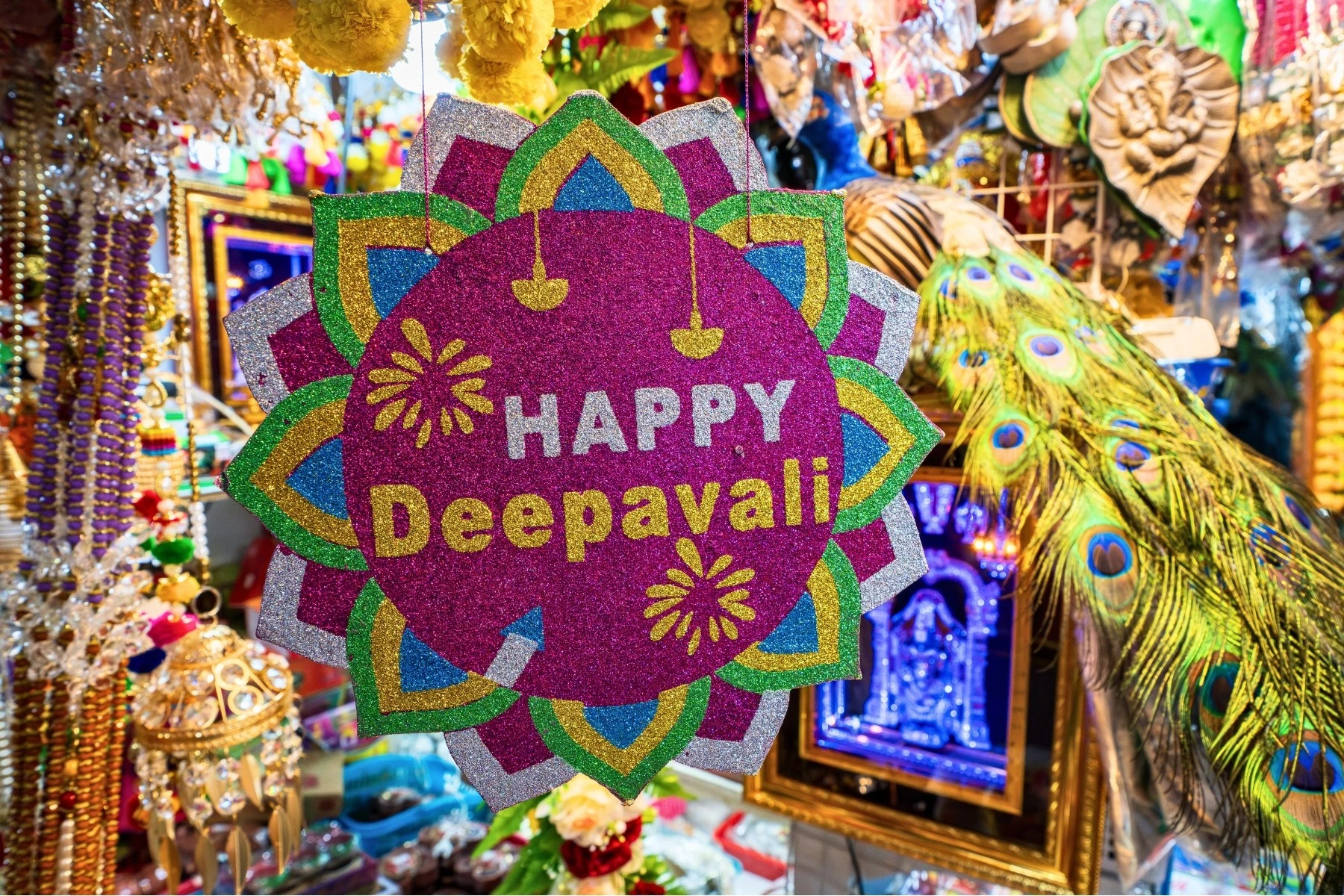
Public light displays for Deepavali
You’ll find many public spaces and malls lit up with vibrant lights for Deepavali, in the motifs of flowers, peacocks and lamps – all of which symbolise good luck and blessings. It’s certainly a sight to behold, especially the awe-inspiring annual light-up in Little India, which spans from Serangoon Road to Kitchener Road. The lights are on every night until midnight on weekdays, and 1 am on weekends, so there’s ample time for everyone to soak in the festive atmosphere.
Decorations in Hindu homes and temples
Hindu homes and temples will also be decorated with beautiful rangoli and diya at the doorsteps, which you’ll want to be careful about not stepping on if you are invited over. Diya can come in the form of traditional brass oil lamps, but more recently, younger people have been using electric fairy lights in different colours too!
Celebrating Deepavali in Singapore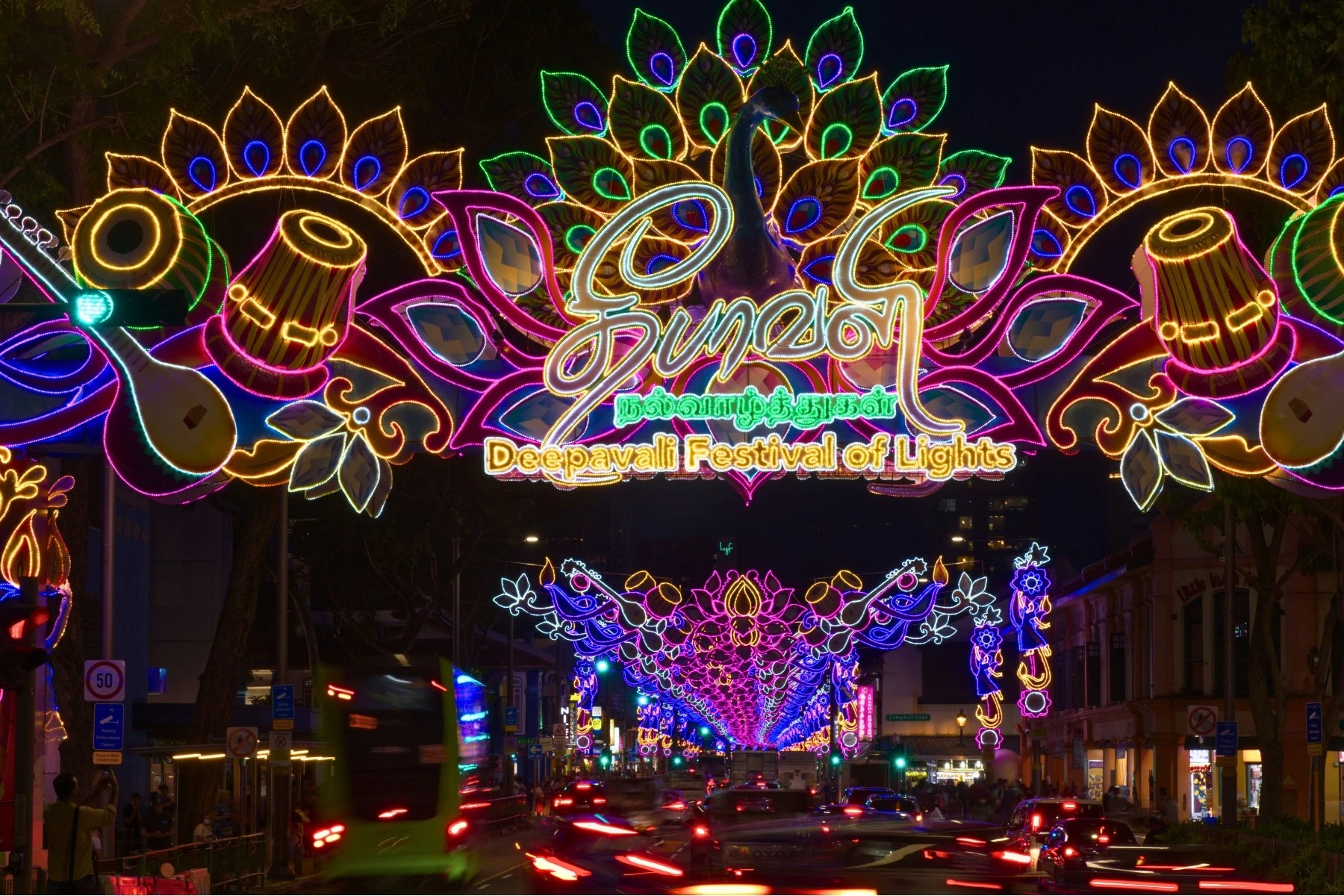
You can celebrate Deepavali in Singapore too. Here’s how:
Deepavali Light-up at Little India
Check out Little India for the breathtaking Deepavali light-up, with its gorgeous peacock and floral motifs, and for the nightly festival market packed with snacks, shopping, and even street performances.
The lights will last till 19 November, so you have plenty of time to check that out still.
Deepavali Big Bus Tour
Hop on a Deepavali Big Bus Tour, a guided tour which takes you down Little India to Race Course Road.
- Cost: $10 per person. Purchase tickets for the Deepavali Big Bus Tour here.
- Duration & time: It’s a 45-minute tour that runs twice a night at 7 pm and 8 pm.
Dates
- 18 October 2025
- 19 October 2025
- 24 October 2025
- 31 October 2025
- 7 November 2025
- 14 November 2025
- 18 November 2025
Experience Deepavali at Singapore’s Hindu Temples
Visit a Hindu temple on Deepavali to respectfully partake in the rituals and prayers of the festival. There are several Hindu temples you can visit, and each temple is dedicated to a different deity. Here are two great choices for your Deepavali visit:
- The intricate Sri Veeramakaliamman Temple
- Singapore’s oldest and largest Hindu temple, the Sri Mariamman Temple
Community celebrations and grassroots events
Attend a Deepavali get-together organised by grassroots committees and community clubs. These events are a great way to have a look at what Deepavali is all about, with games, food, workshops, performances, and activities planned for the entire family. Here’s a list of some grassroots parties and activities going on in the various neighbourhoods from now till November.
Deepavai grassroots celebrations
- 6 September – 9 November: Deepavali Light-Up at Little India, showcasing nightly street light displays along Serangoon Road.
- 20 September – 19 October: Deepavali Festival Market / Village with festive stalls and traditional snacks in Little India
- 25 September – 19 October: Deepavali Bazaar at FairPrice Xtra, with festive food and decorations at selected outlets
- 27 September – 19 October: Indian Heritage Centre Deepavali Open House with cultural programmes, workshops, and exhibitions.
- 11 – 20 October: Deepavali Cultural Fair at Eastpoint Mall, featuring local crafts and cultural performances,
- Now – 26 October: Sentosa Sensoryscape Deepavali for an immersive mandala and rangoli experience.
- October (dates TBC): Yew Tee CC IAEC Deepavali Celebration 2025, organised by Yew Tee Community Club / IAEC.
- October (dates TBC): Our Deepavali 2025, a community-wide celebration across neighbourhoods.
- Various evenings in October and November: Deepavali Big Bus Tour, showcasing the Deepavali street light displays at night.
Interesting facts about Deepavali in Singapore
How do North and South Indians celebrate Deepavali differently?
The North and South Indian communities in Singapore observe Deepavali slightly differently. The North Indians celebrate a day later and view it as the start of a new year, while the South Indians mark it as the triumph of good over evil and the end of darkness.
Since the majority of Singapore’s Indian community is South Indian, the country’s customs follow South Indian traditions. This is also why the festival is officially called Deepavali in Singapore, rather than Diwali.
Is Deepavali a public holiday in Singapore?
Deepavali is one of Singapore’s officially gazetted public holidays. The other major Indian public holiday is Vesak Day, celebrated by Buddhists and Hindus.
Before 1968, both Deepavali and Thaipusam were public holidays in Singapore. However, the government later decided to reduce the number of public holidays to boost economic competitiveness. Religious leaders from each major faith were asked to decide which festivals to retain. Deepavali was chosen over Thaipusam because it is celebrated by more communities (including Hindus, Sikhs, and Jains), while Thaipusam is observed mainly by Tamil Hindus.
When did the Little India Deepavali light-up begin?
Little India’s annual Deepavali street light-up has been a tradition since 1985. It was first introduced to boost tourism and showcase Singapore’s multiculturalism. The light-up has become so beloved that many visitors now consider it even more spectacular than the Christmas lights along Orchard Road.
What do our customers say?







